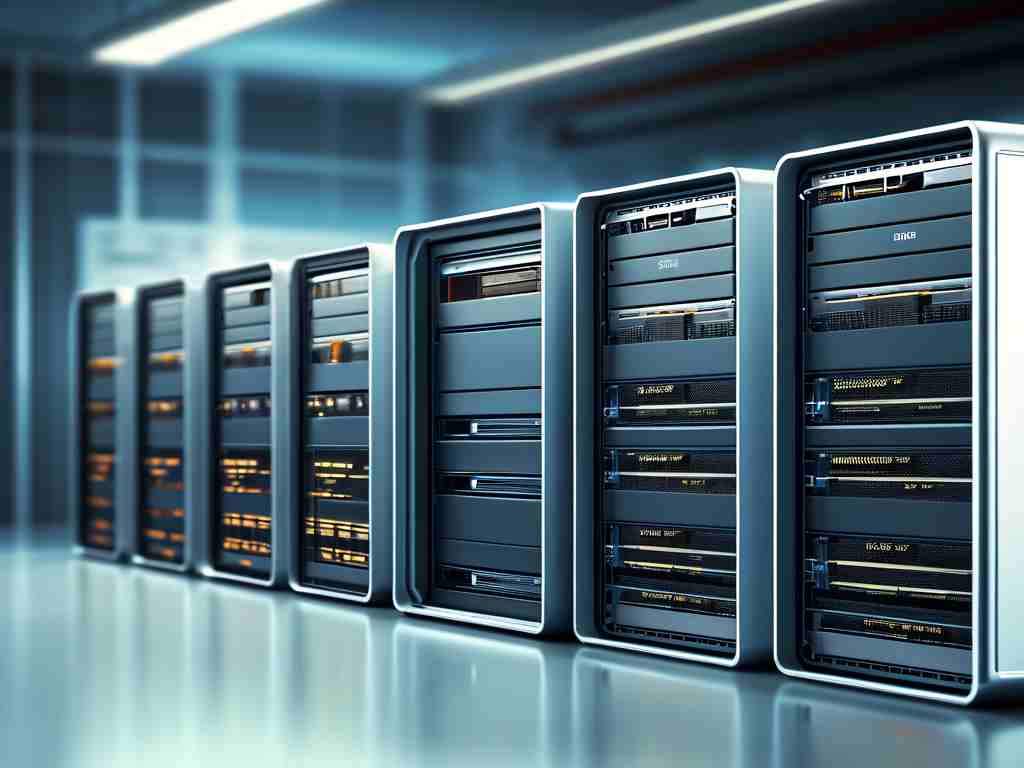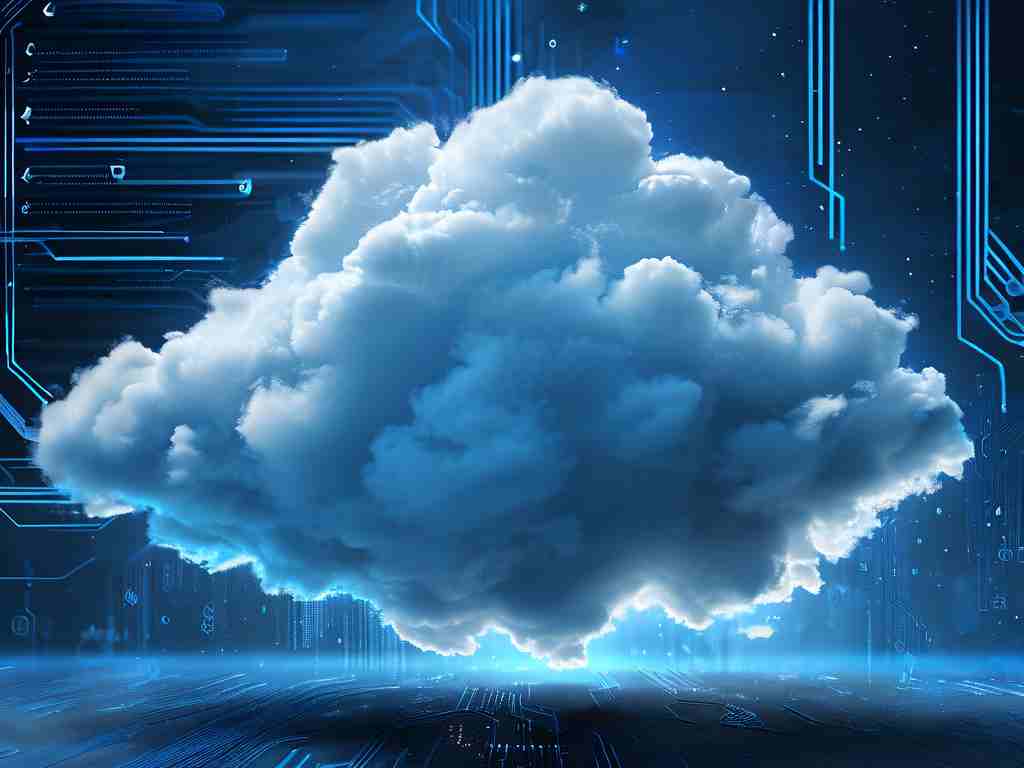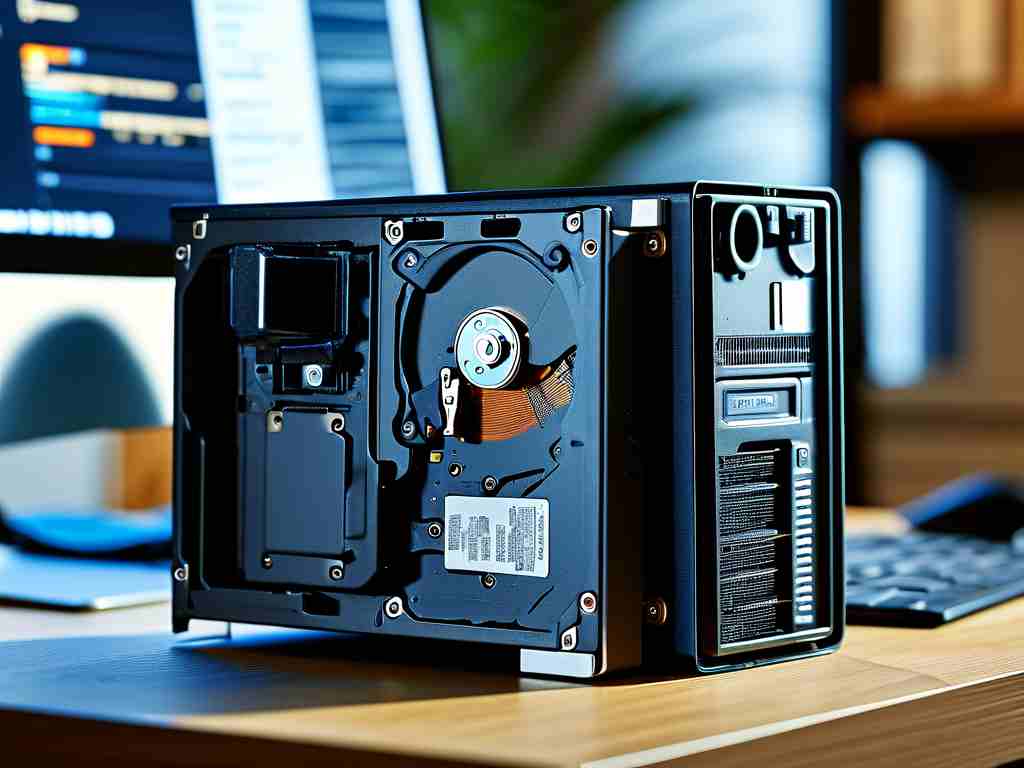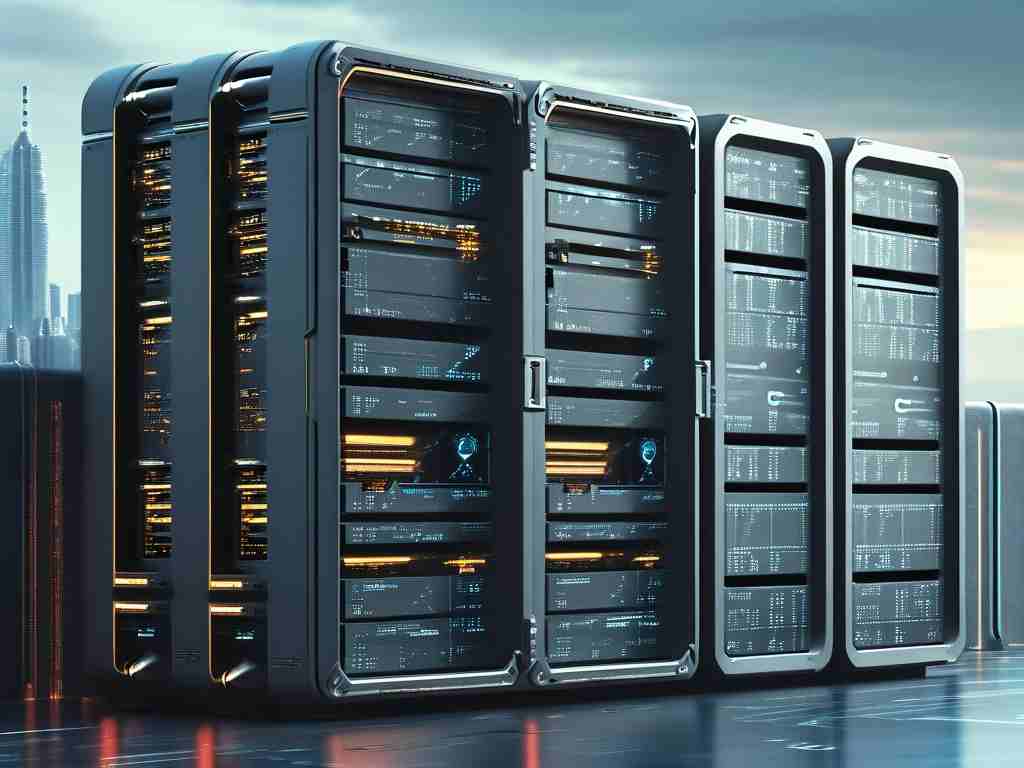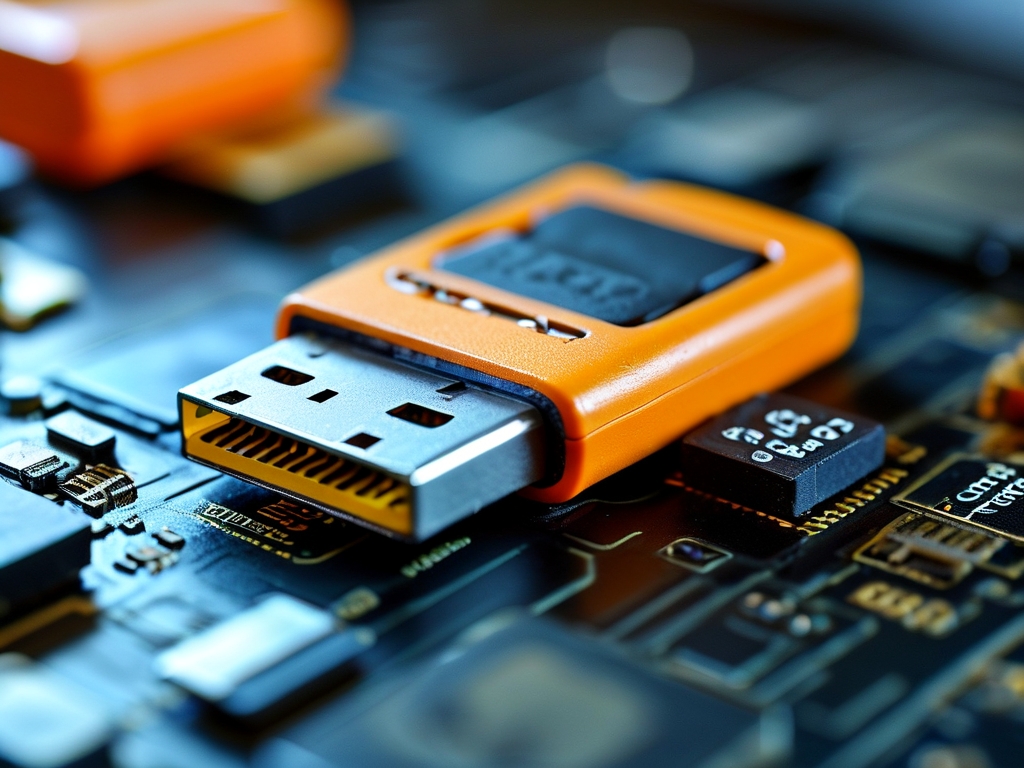In modern computing systems, three essential components work synergistically to manage data: Random Access Memory (RAM), hard drives, and USB flash drives. Each serves distinct purposes while collectively ensuring efficient data processing, storage, and portability. Understanding their individual functions reveals how they contribute to the seamless operation of computers.
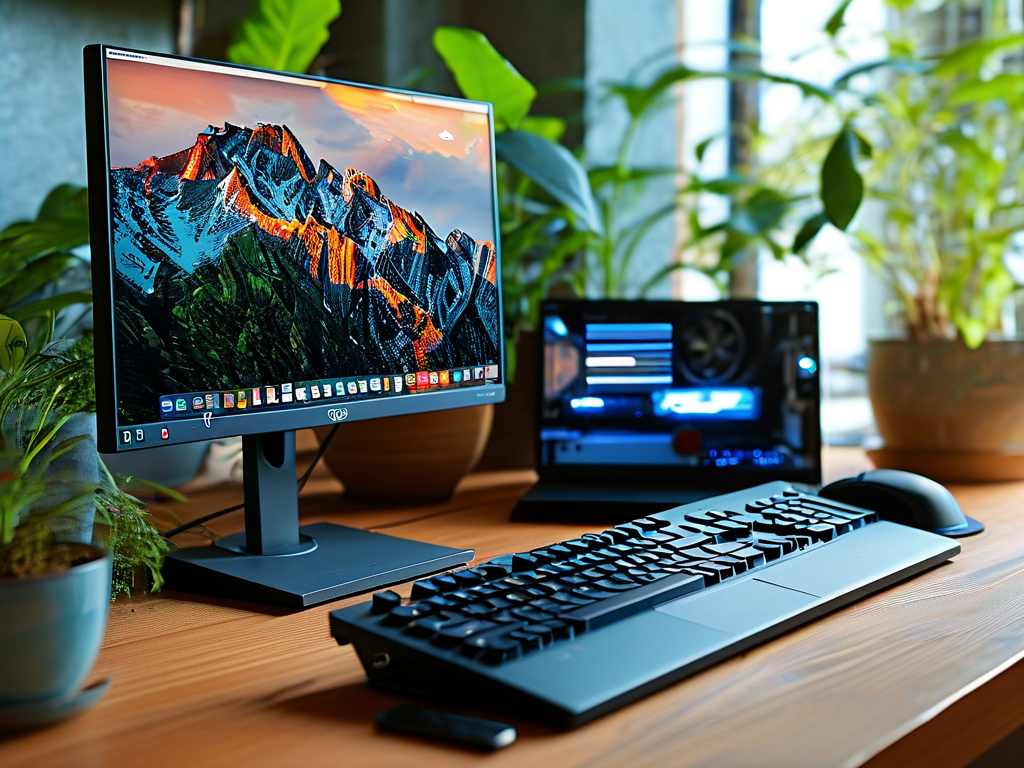
RAM acts as the computer's short-term memory, temporarily holding data that the central processing unit (CPU) actively uses. Unlike permanent storage devices, RAM is volatile, meaning it loses all stored information when power is disconnected. This characteristic makes it ideal for handling real-time tasks such as running applications, loading operating system components, or processing complex calculations in video editing software. For instance, when a user opens a photo-editing program, RAM stores the image files and tool settings during the session, allowing instant adjustments without constant retrieval from slower storage devices. The speed of RAM significantly impacts system performance—higher capacities and faster modules enable smoother multitasking and quicker response times.
Hard drives, whether traditional Hard Disk Drives (HDDs) or modern Solid-State Drives (SSDs), serve as long-term storage solutions. They retain data permanently, even when the computer is powered off. HDDs use spinning magnetic disks and read/write heads, offering large storage capacities at lower costs, making them suitable for archiving documents, media libraries, and system backups. SSDs, which rely on flash memory chips, provide faster data access speeds and enhanced durability due to the absence of moving parts. A typical laptop might combine a 512GB SSD for the operating system and frequently used apps with a 1TB HDD for bulk file storage. This hybrid approach balances speed and capacity while optimizing cost-efficiency.
USB flash drives, often called thumb drives, bridge the gap between portability and functionality. These compact devices use NAND flash memory to store data and connect via Universal Serial Bus (USB) ports. Unlike RAM, they preserve data without power, and unlike hard drives, they prioritize mobility over massive storage. A 128GB USB drive, for example, can transfer files between computers, create emergency boot disks for operating systems, or securely carry sensitive documents. Advanced models even support hardware encryption to protect confidential information. Their plug-and-play design eliminates the need for external power sources or complex setup procedures, making them indispensable for professionals and casual users alike.
The interplay between these components defines computing efficiency. During startup, the BIOS retrieves boot instructions from the hard drive and loads them into RAM. As applications run, the CPU fetches required data from RAM while the hard drive stores inactive programs. When transferring files to another device, a USB drive acts as a portable intermediary. Performance bottlenecks often occur when insufficient RAM forces the system to use "virtual memory" on the hard drive, drastically slowing operations. Similarly, using a USB 2.0 drive to transfer 4K video files highlights the importance of matching hardware specs to task requirements.
Emerging technologies continue to reshape these components. Non-Volatile RAM (NVRAM) like Intel's Optane modules blurs the line between memory and storage by combining RAM-like speed with data persistence. Cloud storage services now complement physical drives, offering remote access to files through internet-connected devices. Nevertheless, the fundamental roles of RAM, hard drives, and USB drives remain unchanged—they form the backbone of data management across personal and professional computing environments.
In , RAM, hard drives, and USB drives each address specific needs in the data lifecycle. RAM enables real-time processing, hard drives ensure persistent storage, and USB drives facilitate portable data transfer. As technology evolves, these components will likely adopt new forms and capabilities, but their core functions will persist as critical elements of computing architecture.


